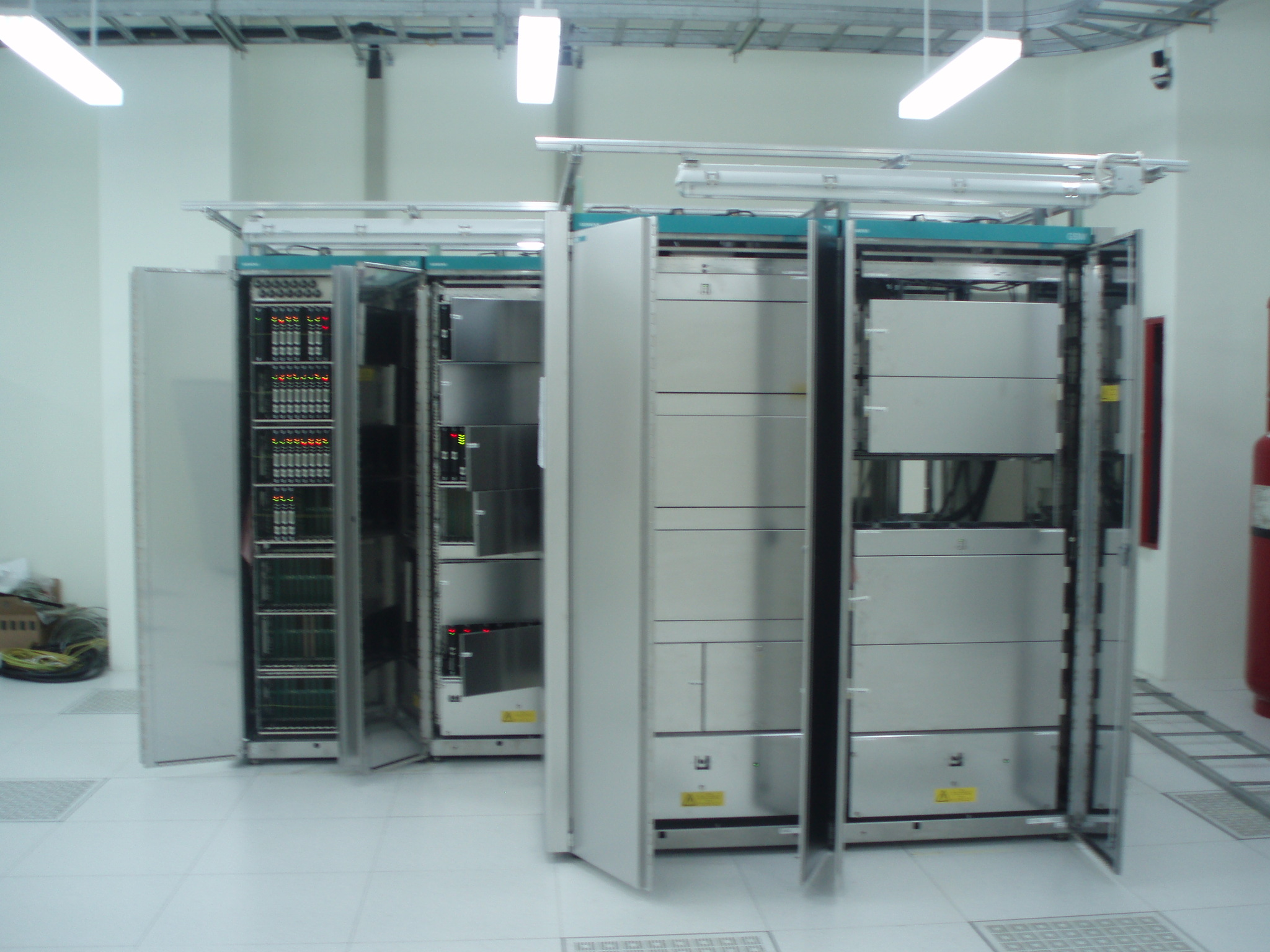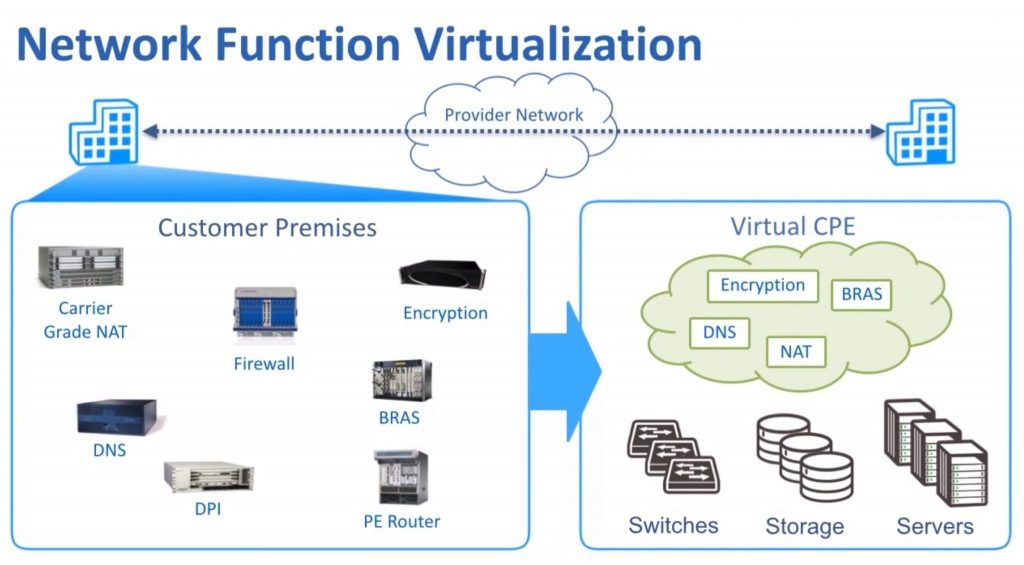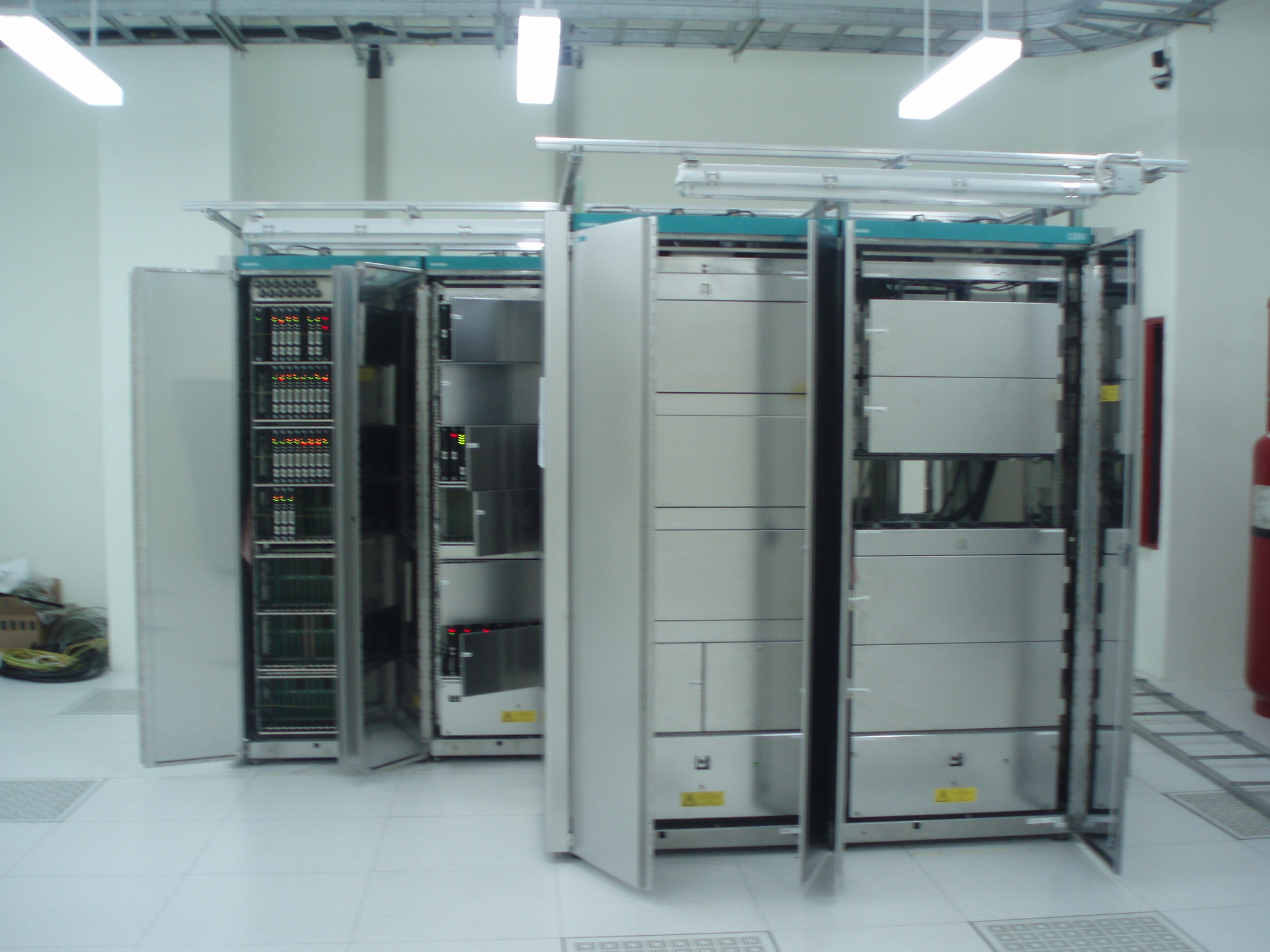I started my career many years ago in the data center configuring Cisco routers and switches and thinking….damn these “boxes” are expensive as shit. I wasn’t thinking much about the future of the data center as I was more concerned about getting XOT working…yes kids, that’s X.25 over TCP/IP.

Software-defined networking (SDN) and the Open Compute Project were established to break the proprietary nature of the hardware used in data centers. Instead of buying a Cisco switch with its software you would buy generic hardware from Taiwan or China and use the open source OpenFlow protocol.

This commodization explains the growth of cloud providers like Amazon Web Services (AWS), Microsoft Azure and Google Cloud Platform (GCP). Companies want to ditch their existing data centers and move to cloud providers that have a perceived lower cost since they are using open source hardware and software to bring down the build-out costs.
While all this was happening in the corporate data centers, I figured the telecom data centers were business as usual with expensive proprietary hardware. Well, I was wrong.
I was recently chatting with a friend who is in the telecom field and he told me the same commoditization is happening in the telecom data center. The initiative is called Network Functions Virtualization (NFV). Reading the NFV white paper is a great way to get over your insomnia and also packs a lot of information in it.

The idea was that the core components of the data center – routers and switches were getting commoditized but the applications and servers were still proprietary in nature. NFV is changing that and it has enabled them to bring down the cost for telco providers but more importantly allow them to use the latest cloud technologies such as containers…that’s for another blog post.
Not surprising is that the NFV initiative was driven by the telcos like AT&T, British Telecom, China Mobile, Telecom Italia, Verizon and several more providers. I guess when you have these heavyweights behind a project it gains traction. With the upcoming 5G deployments around the world the telco providers figured they needed to cut costs somewhere and NFV was a good start. The one place I don’t think we will see open source equipment is the radios in the cell towers…that’s where all the money is going to be made by the 5G vendors like Samsung, Huawei, Ericsson and Nokia.

